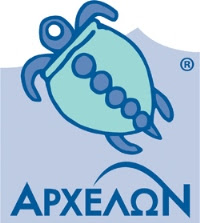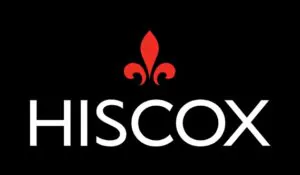Increasing the number of visitors to your website is crucial to the success of your marketing campaign. Pay-per-click advertising is one of the most popular methods of driving traffic to your website. Pay-Per-Click advertising, abbreviated as PPC, is considered targeted marketing. Unlike banner advertising or other types of marketing, PPC advertising ensures that you only pay for adverts that work.
With a PPC campaign, you pay every time someone clicks on your link, ensuring that your advertising dollars are not wasted. The big advantage of pay-per-click advertising is that you always show up in the first search results and you don't have to worry about paying for wasted ad space. With other forms of advertising, the method was based on impressions. For example, you had to pay every time your advert was displayed.
This had many disadvantages: If your advert was displayed at the bottom of a website, you ran the risk of paying for impressions that were not visible. Compared to banner advertising, PPC advertising is undoubtedly more effective. If you look at a search result on Google, you will see two types of links. The top and side links are sponsored or PPC adverts. Below them you will find the organic search results.
These are the results returned based on the content of the websites. It is best to utilise both organic and PPC advertising. By utilising both keyword-rich content and PPC, you can ensure that your website receives plenty of visitors. If you're new to PPC advertising, you can set your budget to a small limit and get started with your campaign. This gives you the freedom to try out a campaign without feeling like you've invested too much.
PPC is a great way to drive traffic to your website and an important part of your affiliate marketing programme.















